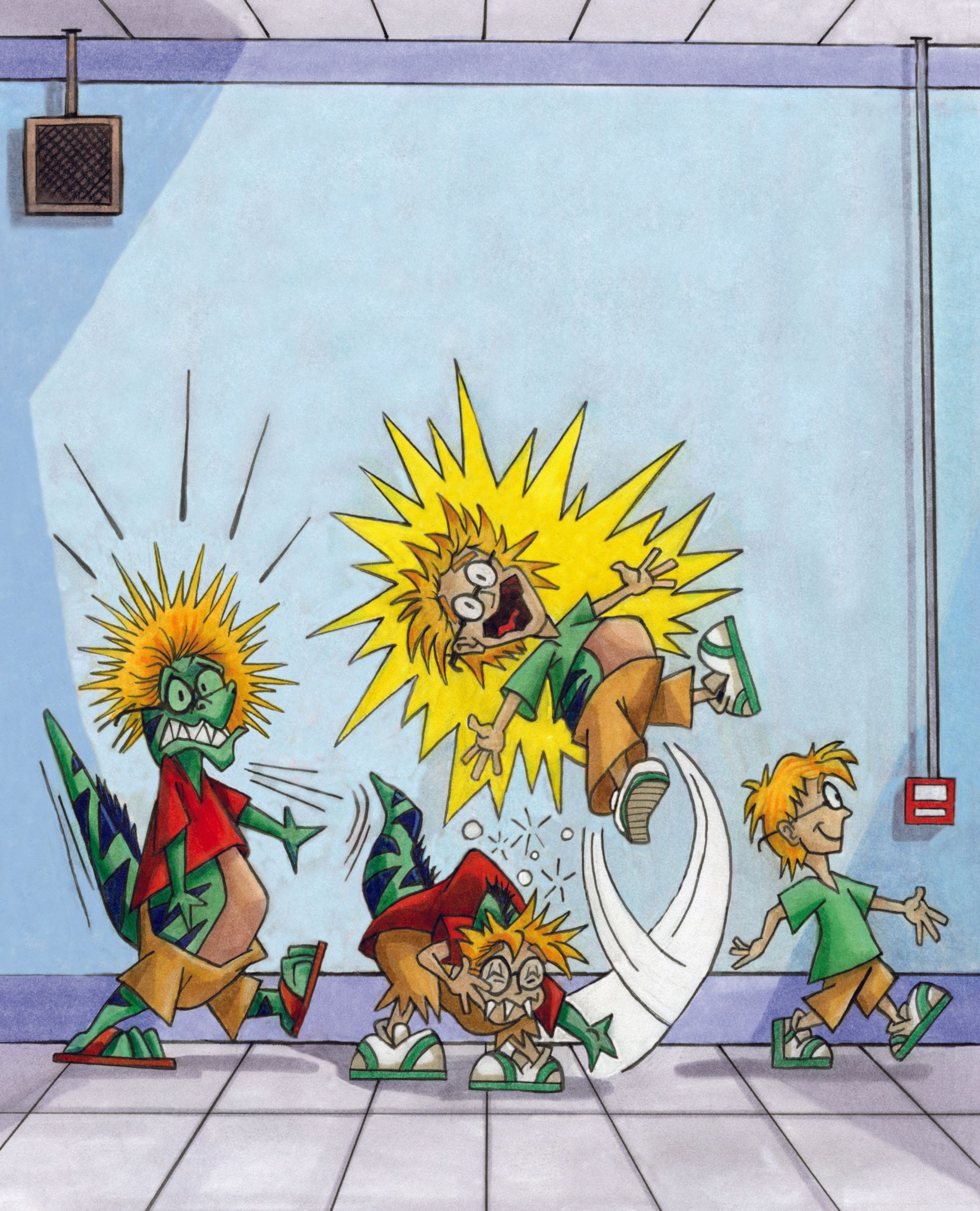6 Things Your Illustrator Needs From You to Create the Children's Book of Your Dreams
So you’ve written and rewritten your manuscript, checked lots of publisher’s websites, examined your markets and have more questions now than you did at the start: Who’s the best illustrator for me? What art style should I use? What about the costs? How do I self- publish? How do I find a printer?

Well, our illustrators have illustrated over 40 children’s books for self-published authors and we have some thoughts that may help you!
1. HELP ! I DON’T DRAW
No worries. Thant’s why you have an illustrator. Now, the cool thing about children’s books is that, stylistically, anything goes. Whimsical styles, cartoon styles, images done on computer, realistic paintings, semi-stick figures, even collages of colored paper all work successfully in telling children’s stories.
But this wide range of options doesn’t just impact the visuals you choose for your story. That’s because each style choice comes with its own unique completion time which will impact your artwork’s budget.
Now, most illustrators typically work in one specific style. It’s a style they’re identified with and are very good at. But the pricing will still vary from illustrator to illustrator, depending on how complicated and time intensive their specific style is.
So, when you choose your illustrator you’re also choosing your style of art which means you’re also impacting your budget. There are some illustrators, like us, who work in a few different styles and media. We do this because it makes me a more viable candidate to more authors. We find that we can now fit most author’s budgets by offering a range of different techniques. We’ve even done projects where an author has given us samples of an existing style they wanted and we were able to adapt our techniques to mirror that style and still make it budget friendly.
2. OOPS! ...
Now, most illustrators start with rough sketches and that’s good for you, the author. Sketches can be simply changed and that allows your illustrator to easily make revisions. This is not the case down the road once the final art is completed. This means that this early sketch stage is when you should concentrate on any changes you’d like to make to the sketches before the process moves too far along.
Once the final art is done, any adjusting, even if the art is done on computer, can be time consuming and costly to do. Sometimes it may even require the entire page to be redone.
Initially, your illustrator will provide you with sketches to review followed by a final set of drawings which incorporates your changes and shows you how the final art will look.
Typically no illustrator should have any issue with refining sketches while in this early stage. It’s part of the process and very common. Most will allow you up to 3 revisions as part of their total cost. But you should ask your illustrator up front if there’s any additional cost if you want to make more than just 3 changes, even if it’s only minor tweaks.

3. AND A CAST OF THOUSANDS…
We would suggest you try and limit the amount of characters and background details you’d like to have shown on each page. A good illustrator can visually suggest lots of information about the action and setting by creatively limiting the page composition and carefully selecting what camera angle to use. A reader will often complete the full scope of a scene in their mind’s eye if it’s done properly.
This path can also be more budget friendly because there’s less to draw and, therefore, it takes less time to complete.
4. TRICKS OF THE TRADE
So, here are some extra secret and really cool design tricks an illustrator can use to help give you quality art and creative page layouts. It all goes back to the ‘anything goes” rule of children’s book art.
An experienced illustrator, who isn’t locked into one art style, can create art that will minimize the amount of rendering needed while not sacrificing any visual detail. This reduces the time needed to produce the page and that can make everything more budget friendly. We also have the matter of page layouts themselves. Nothing says the page needs to be completely filled with art and text. An illustrator can use just portions of a page and integrate the text and art in a fun and interesting manner without making it seem like anything is missing. Also, that can make a happy and involved young reader because she’s now more engaged with the actual pages themselves and is filling in the missing details by using her imagination.
5. THIS IS ONLY A TEST…
So, how do you know who the right illustrator is for you? There are many of us with different degrees of experience, and different styles and backgrounds.
We know it can be unsettling for an author to commit to someone to tell his story without knowing how this partnership will work out.
We’ve developed the practice of offering to do a sketch or 2, at no cost, from your manuscript to help you decide if I’d be a good fit. I’ve found this works out very well for everyone. Authors are less apprehensive to work with us because they’ve been able to review samples of our art online and also based on their story while we get a feel ahead of time for the design and plot we are to draw. You can ask the illustrators you’re considering what their policy is in this area.
Some authors use a non-disclosure agreement with their illustrator. This protects and maintains the author’s ownership and confidentiality of her work. Illustrators are very comfortable signing these agreements prior to reading your manuscript.

6. ONE LAST STEP….
So, you’ve got a great story, great artwork and anxious readers you can’t wait to entertain. Now putting it all together is the final step.
If you’re working with a publisher you’re all set because they can take it from here. They’ll format the pages, add the text and send you a sample to approve before the printing begins.
Back in the day, working with a publishing company was the only path open to you. It was their decision alone whether your book would ever see the light.
But today, you have another path available and that is the self-publishing route. We have worked with many authors who have self-published and we offer several publishers that are open to publishing new authors on a regular basis. We’ve acted as liaison many times between authors and printers during the printing process and helped smooth the way when needed. We also coordinate with companies who will print your book to order. Now you only will print books that you have orders for and know will be sold. Ask if your illustrator will do any this follow-up for you once the art is completed.
AND SO…..!
The bottom line is that selecting and working with an illustrator should be an easy and fun since you’re about to see your characters living out the story you’ve worked so hard to create. Employing these few steps can smooth out any potential bumps in the road as you move toward publishing.
If you think you might like to talk about your book and see if we might be able to help you, we’d love to hear from you.
Tracy Pyke, Aubrey Morgan, Tanya Christie, & Stan Jaskiel
Illustrators, Tafgraphics Design Studio, Inc.












